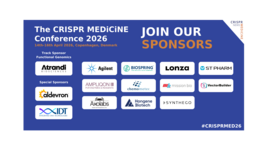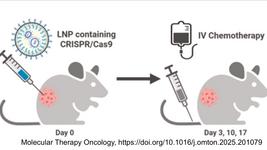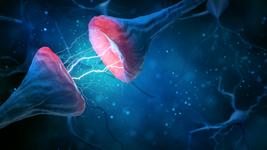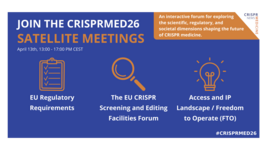Focused ultrasound enhances CRISPR delivery to the brain
Lafora disease is a neurodegenerative disorder characterised by the accumulation of aberrant glycogen in neurons, triggering neuroinflammation. Effective gene therapy in the brain is challenging due to the restrictive nature of the mature BBB, which limits systemic AAV distribution. While intrathecal administration partially enhances AAV penetration, it remains insufficient for widespread neuronal gene editing.
In this study, the authors used FUS to open the hippocampal BBB transiently, allowing AAV9-delivered Cas9 to enter the brain via both direct first-pass access and subsequent vascular circulation. The Cas9 system targeted glycogen synthase, the enzyme responsible for elongating glycogen branches.
FUS increased hippocampal Cas9 distribution by 2000-fold, leading to a significant reduction in pathogenic glycogen deposits and neuroinflammation. Given that FUS is already used clinically for other applications, these findings suggest its potential to enhance gene therapy and genome editing strategies for neurological diseases.
Bhavya Shah and Berge Minassian at University of Texas Southwestern Medical Center led this research. It was published in Gene Therapy on 1 February 2025.
To get more CRISPR Medicine News delivered to your inbox, sign up to the free weekly CMN Newsletter here.
Tags
CLINICAL TRIALS
Sponsors:
Base Therapeutics (Shanghai) Co., Ltd.
Sponsors:
Base Therapeutics (Shanghai) Co., Ltd.







